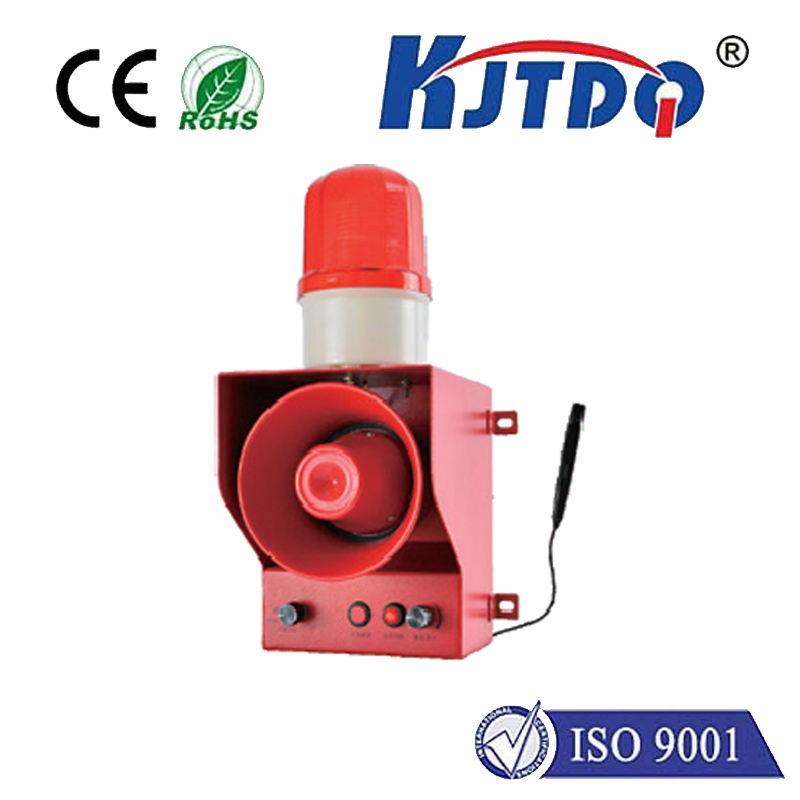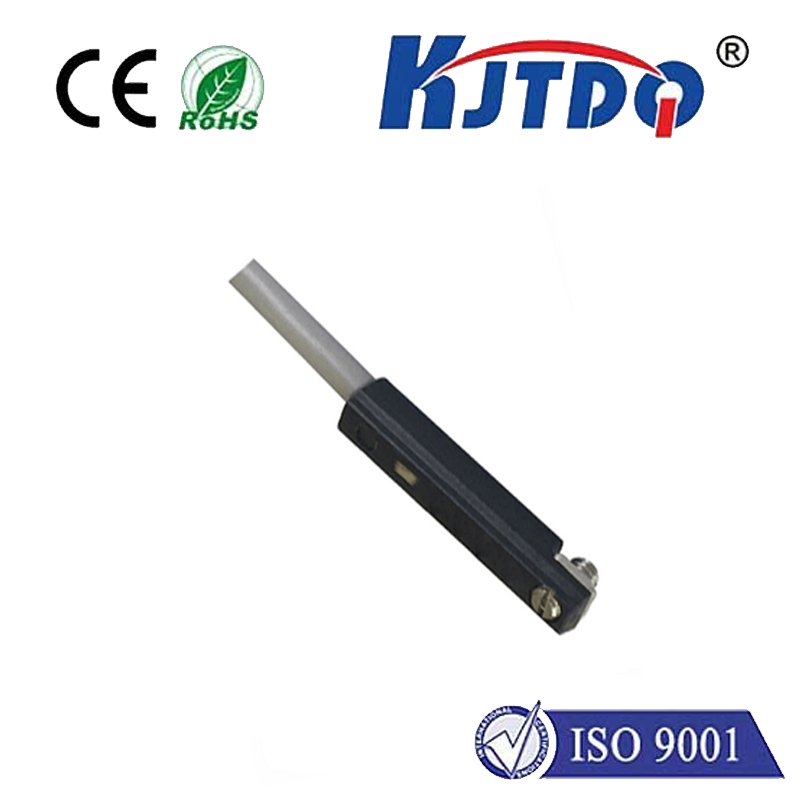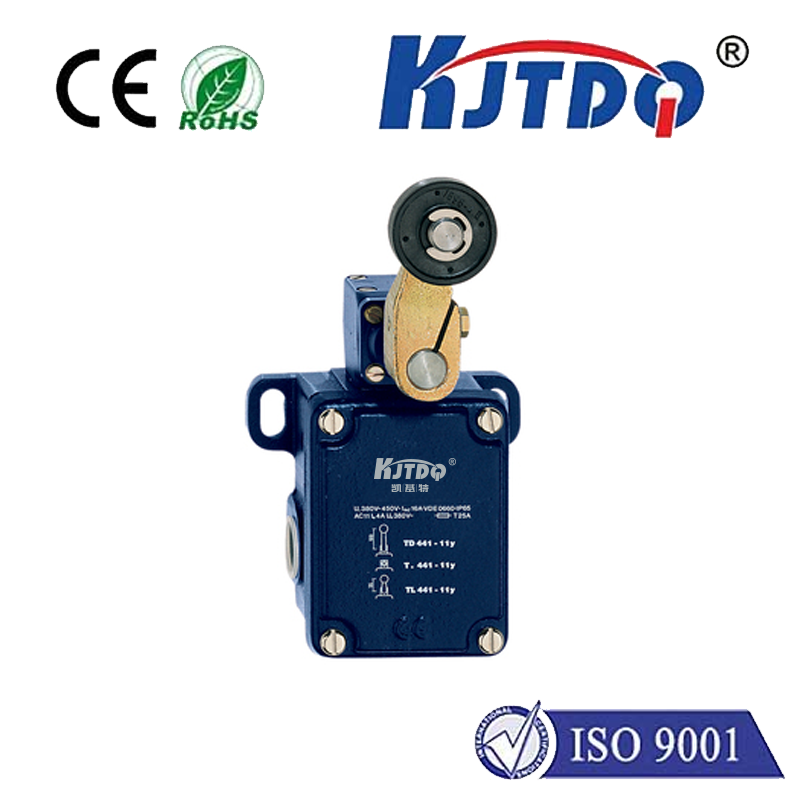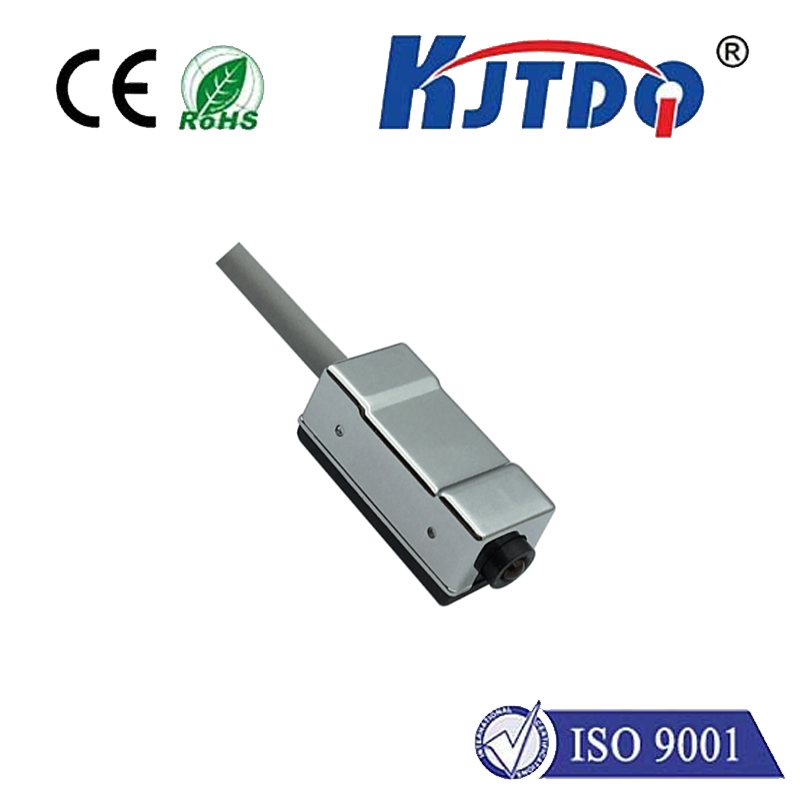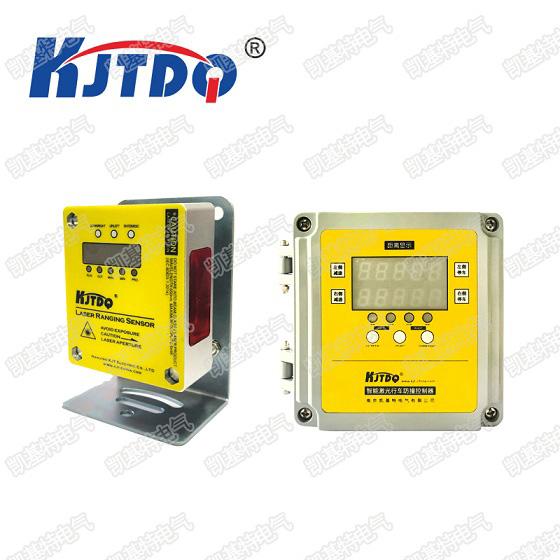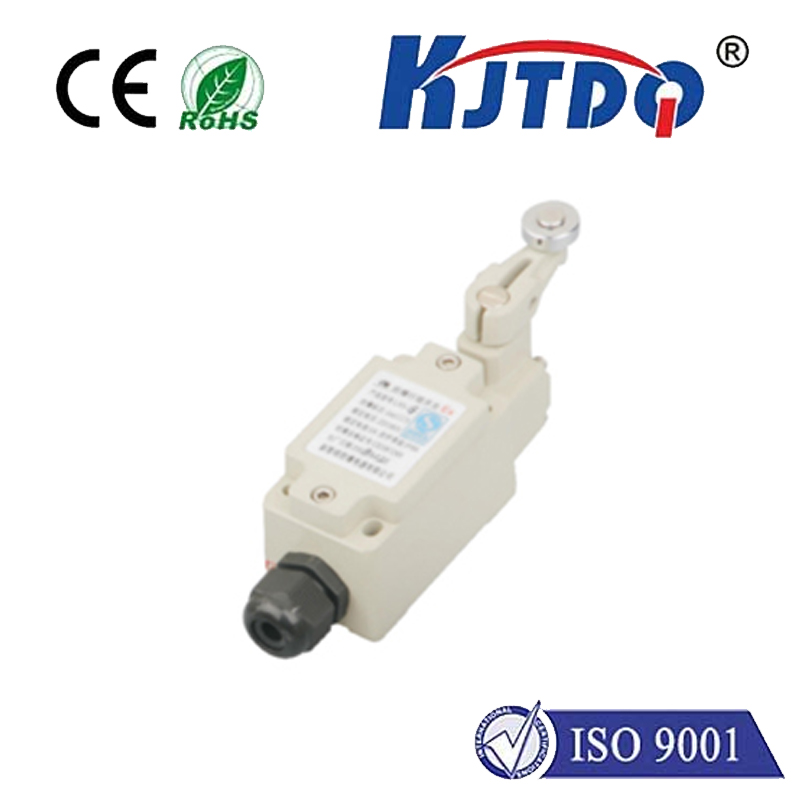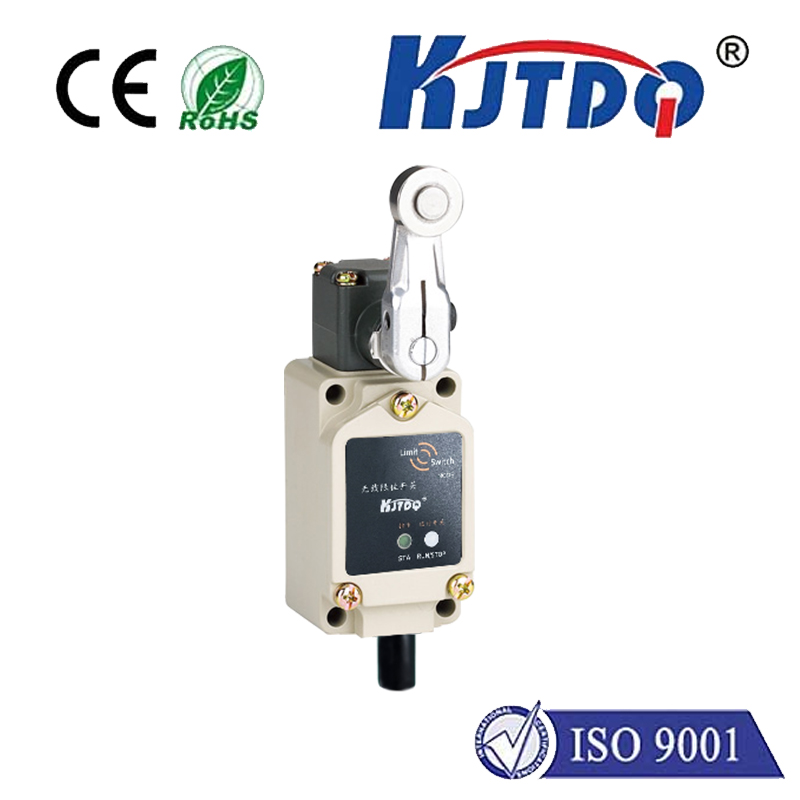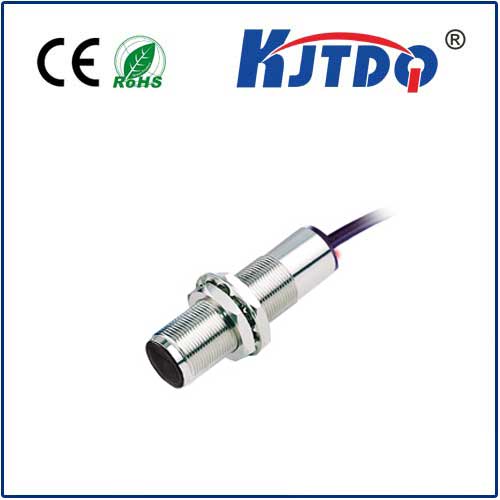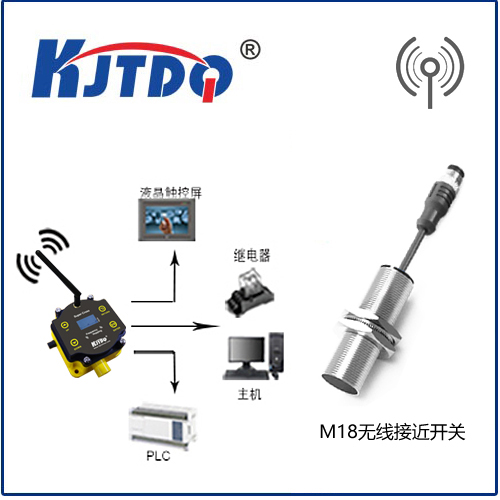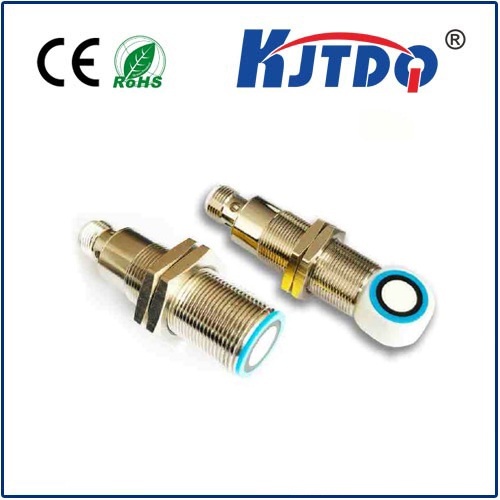
check

check

check

check
Laser Heat Sensor: A Revolutionary Technology in Temperature Measurement
The development of modern technology has brought about numerous advancements in various fields, including temperature measurement. Among the latest innovations is the laser heat sensor, a revolutionary tool that has significantly improved the accuracy and efficiency of temperature detection. In this article, we will explore the principles, applications, and benefits of using a laser heat sensor.
Principles of Laser Heat Sensor

A laser heat sensor operates on the principle of thermography, which involves detecting infrared radiation emitted by an object to determine its temperature. The sensor uses a high-powered laser beam to scan the surface of the object being measured, and then analyzes the reflected light to calculate the temperature. This non-contact method eliminates the need for physical contact with the object, making it ideal for measuring temperatures in difficult-to-reach or hazardous environments.
Applications of Laser Heat Sensor
Laser heat sensors have found numerous applications in various industries, including manufacturing, automotive, aerospace, and power generation. In manufacturing, these sensors are used to monitor the temperature of molten metal during casting processes, ensuring that the metal reaches the desired temperature before pouring. In the automotive industry, they are employed to test the performance of brake systems by measuring the heat generated during braking. In aerospace, laser heat sensors are used to detect overheating components in aircraft engines, helping to prevent potential failures. Finally, in power generation, these sensors are used to monitor the temperature of boilers and turbines, ensuring their safe and efficient operation.
Benefits of Using a Laser Heat Sensor
The use of a laser heat sensor offers several advantages over traditional temperature measurement methods. Firstly, it provides non-contact measurement, eliminating the risk of damage to sensitive equipment or contamination of samples. Secondly, it offers real-time temperature monitoring, allowing for immediate identification and correction of issues. Thirdly, it provides accurate temperature readings regardless of the surface material or color, making it suitable for a wide range of applications. Lastly, it reduces maintenance costs and downtime associated with traditional temperature measurement methods, leading to increased productivity and profitability.
Conclusion
In conclusion, the laser heat sensor is a revolutionary technology that has transformed temperature measurement across various industries. Its non-contact measurement, real-time monitoring, and accuracy make it an essential tool for ensuring the safety and efficiency of industrial processes. As technology continues to advance, we can expect further improvements in this innovative tool, opening up new possibilities for temperature measurement in the future.
